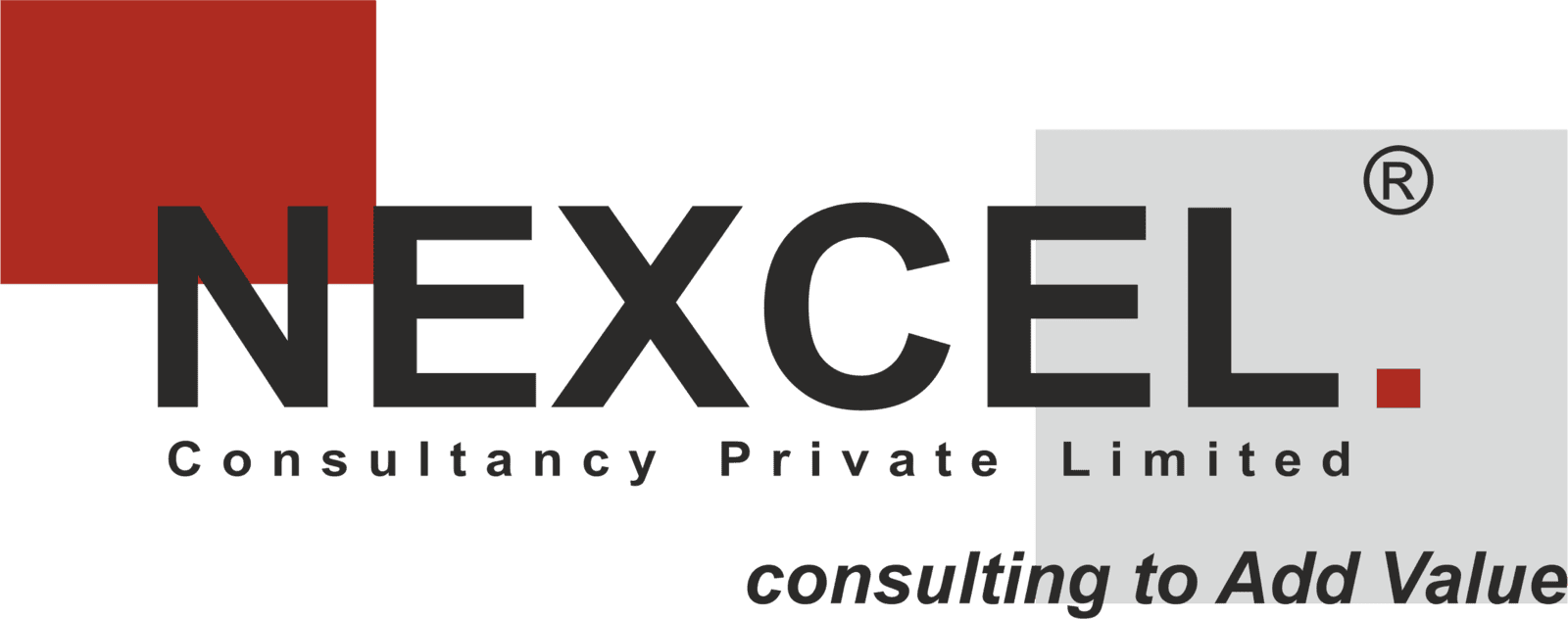What It Means to Be a Digital Business
Customer-Centric Approach:
Leverage digital tools to understand and meet evolving customer needs with precision and speed.Data-Driven Decisions:
Use real-time data and analytics to make informed decisions that drive growth and efficiency.Agile and Adaptable:
Build systems and processes that enable swift responses to market changes and emerging opportunities.Integrated Ecosystems:
Foster collaboration through seamless integration of digital platforms, tools, and processes across the organization.Innovation at the Core:
Harness emerging technologies like AI, IoT, and cloud computing to deliver innovative solutions and stay ahead of the curve.

Why Go Digital?
The digital era has transformed the way businesses operate, compete, and thrive. A digital business seamlessly integrates technology, processes, and people to deliver exceptional value, innovation, and efficiency. It’s not just about adopting the latest tools—it's about rethinking the entire business model to stay ahead in a connected world.
Enhanced Operational Efficiency:
Automate routine tasks, reduce manual errors, and optimize resources to achieve operational excellence.
Scalability and Growth:Scale effortlessly by leveraging cloud-based solutions and digital infrastructures.
Competitive Edge:
Stay ahead of the competition by adopting cutting-edge technology and innovative practices.
Global Reach:
Break geographical barriers and connect with customers and partners worldwide through digital channels.

Compliance and Risk Management in Digital Business
Regulatory Adherence:
- Digital businesses must navigate complex and evolving regulations, including data protection laws, cybersecurity mandates, and industry-specific compliance requirements.
- Adhering to these regulations minimizes legal exposure and potential penalties.
Protecting Reputation:
- Non-compliance or security breaches can damage a company’s reputation and erode stakeholder trust.
- A robust compliance framework enhances credibility with customers, partners, and regulators.
Mitigating Risks:
- Digital businesses face unique risks such as cyberattacks, data breaches, and intellectual property theft.
- Proactive risk management identifies vulnerabilities and implements safeguards to minimize impact.
Ensuring Business Continuity:
- Effective risk management ensures resilience in the face of disruptions like cyber incidents or regulatory changes.
- Compliance strategies protect the organization’s long-term sustainability.
Compliance and risk management are not just obligations; they are strategic enablers that ensure your digital business thrives in a competitive landscape
Regulatory Compliance
- Adhere to global and local regulations, including GDPR, India’s Data Protection Bill, PCI DSS, and ISO standards.
- Establish policies to ensure compliance with industry-specific requirements.
Data Protection and Privacy
- Implement frameworks to secure customer and business data.
- Comply with data privacy laws to protect sensitive information and avoid penalties.
Cybersecurity
- Develop and enforce robust cybersecurity measures to protect against threats like hacking, ransomware, and phishing attacks.
- Conduct regular vulnerability assessments and penetration testing.
Internal Controls and Governance
- Establish internal controls to monitor and mitigate operational risks.
- Define clear roles and responsibilities for compliance and risk management.
Third-Party Risk Management
- Assess and monitor risks posed by vendors, suppliers, and other third parties.
- Ensure contractual agreements include compliance obligations.
Training and Awareness
- Educate employees on compliance requirements, cybersecurity best practices, and risk mitigation strategies.
- Foster a culture of accountability and proactive risk management.
Enhanced Trust
Build confidence among customers, investors, and regulators through transparency and ethical practices.
Legal and Financial Protection
Operational Efficiency
Streamline processes by integrating compliance and risk management into daily operations.
Competitive Advantage
Position your business as a trusted and reliable digital enterprise in the market.
Resilience Against Disruptions
Safeguard your business, build trust, and achieve sustainable success.
Understanding Your Business Landscape
- Gain a deep understanding of your industry, operations, and regulatory requirements.
- Identify the specific risks and compliance obligations unique to your business.
Risk and Compliance Assessment
- Conduct a thorough evaluation of existing policies, controls, and practices.
- Identify gaps, vulnerabilities, and areas of non-compliance.
- Assess both internal and external risks, including cybersecurity, financial, operational, and third-party risks.
Developing a Customized Framework
- Design a tailored compliance and risk management framework aligned with your business goals and regulatory requirements.
- Define roles, responsibilities, and processes to ensure accountability and effective implementation.
Integrating Technology Solutions
- Leverage advanced tools and software for risk monitoring, compliance tracking, and reporting.
- Implement automation to streamline compliance workflows and reduce manual errors.
Establishing Internal Controls and Policies
- Develop comprehensive policies and internal controls to mitigate identified risks.
- Ensure policies are practical, enforceable, and aligned with industry standards.
Employee Training and Awareness
- Conduct regular training sessions to educate employees on compliance requirements and risk management best practices.
- Foster a culture of compliance and proactive risk mitigation across all levels of the organization.
Monitoring and Reporting
- Implement ongoing monitoring mechanisms to track compliance status and identify emerging risks.
- Provide clear, actionable reports to management and stakeholders for informed decision-making.
Continuous Improvement
- Regularly review and update the compliance and risk management framework to address changing regulations and business dynamics.
- Use feedback and data analytics to refine processes and enhance effectiveness.
